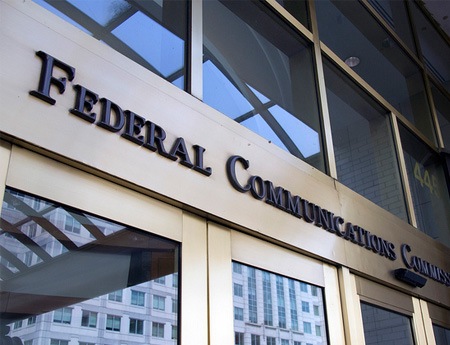NCTA to FCC: LTE-U Could Cause Untold Harm

The National Cable & Telecommunications Association wants the FCC to open a new docket on the implications of allowing mobile operators to employ "non-standard" LTE unlicensed (LTE-U) technologies to operate in unlicensed spectrum, which the cable trade group argues could degrade Wi-Fi service, which is cable operators' primary mobile broadband play.
That came in comments to the FCC late Thursday (June 11). NCTA said the FCC needs to carefully supervise any standards-setting process, get all sides together to insure "effective sharing mechanisms," seek regular reports from IEEE and 3GPP standards-setting bodies, and not allow LTE-U to deploy until those processes are complete, and then regulate a solution if necessary to "protect consumers."
According to one cable exec speaking on background, among the key cable operator concerns is that the mobile operator Wi-Fi technologies could interfere with other Wi-Fi devices, like cable in home Wi-Fi, not to mention, though he did, wireless garage doors and even baby monitors.
That he says, could turn mobile phones into mobile jamming devices.
NCTA told the FCC that while some carriers have "paid lip service to the need to share spectrum fairly with other unlicensed technologies that consumers rely on, neither LAA [Licensed Assisted Access] nor LTE-U currently requires a carrier to employ any sharing mechanism at all, and most of the optional mechanisms being considered would not protect Wi-Fi users."
NCTA argues that those developing LAA and LTE-U technologies have "dangerously deviated" from the usual standards-setting process for unlicensed and that "on their current course, LAA and LTE-U threaten both to irreversibly damage the integrity of this important process and deploy a technology that will cause untold harm to consumers and innovators."
In its filing LTE-U fan Qualcomm counters that it has worked closely with its partners and standard bodies to develop "clear and effective specifications for both LTE-U and LAA."
Broadcasting & Cable Newsletter
The smarter way to stay on top of broadcasting and cable industry. Sign up below
As to interfering with cable and other Wi-Fi, Qualcomm flatly denied it. "Assertions that LTE Unlicensed will drown out Wi-Fi and other unlicensed spectrum users are completely false," the company said. "LTE Unlicensed, in all forms, has been carefully designed to fairly share spectrum with Wi-Fi."
As to regulating a solution, Qualcomm says "despite the pleas of some, there is absolutely no basis for any new FCC regulation with respect to LTE-U and LAA."
Back in early May, NCTA, among others, asked the FCC to collect more information on how new LTE-U wireless service tied to Licensed Assisted Access (LAA) would be sharing the 3.5 GHz band (and potentially 5 GHz band) with Wi-Fi users, like cable ops, and the FCC complied, giving commenters until June 11 to weigh in, with replies due June 26.
The FCC recently made 3.5 GHz spectrum available for licensed and unlicensed use, and is eyeing freeing up more unlicensed spectrum in the 5 GHz band. Some wireless companies have approached the FCC about employing the LTE-U/LAA model, in which licensed spectrum is used as the primary channel for unlicensed devices. On Tuesday (May 5), the FCC put out the public notice seeking more info on that technology and its impact on Wi-Fi in the band.
NCTA had registered concerns with the FCC over tying licensed and unlicensed use. "LAA’s dependence on licensed spectrum would raise barriers to entry across the 3.5 bands by tying the use of this spectrum to carriers’ existing licensed spectrum portfolios," it told the FCC in a letter to the FCC back in February, and pointed to "the need for additional information on the FCC record on exactly how LTE-U sharing mechanisms would work in the 3.5 GHz band."
Contributing editor John Eggerton has been an editor and/or writer on media regulation, legislation and policy for over four decades, including covering the FCC, FTC, Congress, the major media trade associations, and the federal courts. In addition to Multichannel News and Broadcasting + Cable, his work has appeared in Radio World, TV Technology, TV Fax, This Week in Consumer Electronics, Variety and the Encyclopedia Britannica.
